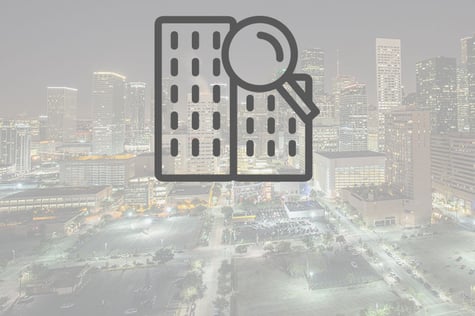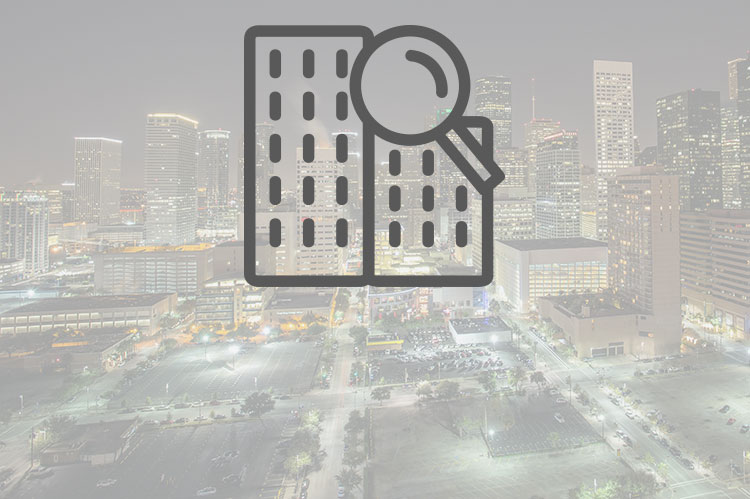 When you serve as a building owner or as a facility manager, you need to know a little bit about many different things. One of the most critical things you should learn about is your roof. But, what makes a commercial rooftop unique and what do you need to know about this vital part of your building’s structure? Let us share a bit of knowledge about the anatomy of a commercial rooftop.
When you serve as a building owner or as a facility manager, you need to know a little bit about many different things. One of the most critical things you should learn about is your roof. But, what makes a commercial rooftop unique and what do you need to know about this vital part of your building’s structure? Let us share a bit of knowledge about the anatomy of a commercial rooftop.
Structural Deck
Steel is the most popular roof deck surface. However, there are many other options including wood, concrete, and gypsum. Any installer or professional working on the roof will need to know what the deck is made of so they can get a better idea how to proceed with future work.
Attachment
Most commercial roofing systems in the US today are mechanically attached to the deck. Mechanically attached means that the installer secures the roof to the structural roof deck with screws and large washers called plates. The bolt and washer setup is a secure attachment system that allows for maintenance through the years.
Vapor Control
This is a very thin layer that does exactly what it sounds like it would. It prevents moisture from building up and getting to the insulation layer. This simple protection makes a big difference in the life of the roof.
Insulation
In the majority of instances, rigid insulation is placed on the deck to help with climate control and durability. Some of the most popular products used for this include Polyisocyanurate, extruded or expanded Polystyrene, and high-density gypsum or ISO boards.
Adhesive
Adhesive is used to connect the insulation layer with the waterproof cover. The adhesive used is commonly a durable, rubber bond adhesive product which is installed in a very thin layer to avoid buildup.
Waterproof Cover
The waterproof cover is the surface that is visible from the outside. While asphalt is very common on residential roofs, this product is losing popularity in the commercial market. Today, single-ply materials are used in a majority of cases. These include white thermoplastics (PVC or TPO). A black rubber product called EPDM is also often used. Asphalt-based materials such as “BUR” (built-up roofing) are another option when the deck allows for this product.
GETTING TO KNOW YOUR LOW-SLOPE ROOFING SYSTEM
Now that you have seen the bottom to top anatomy, you should have some idea of what a commercial roof looks like and what to expect if you examine yours. Just remember, there are certainly exceptions so if something looks or sounds different about your facility it may be worth contacting an expert to learn more about the specifics.




